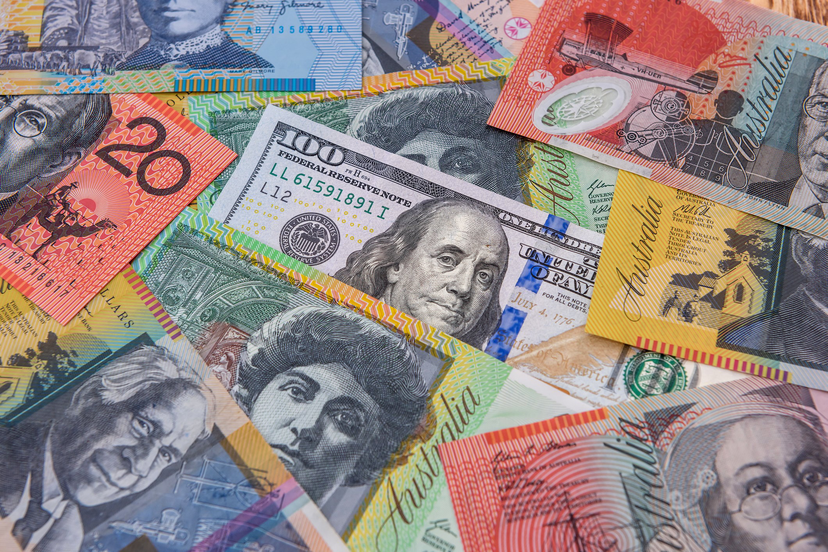The Australian Dollar (AUD) saw a notable uptick after China released impressive trade balance data for October, defying market expectations. China’s trade surplus expanded significantly to $95.27 billion, well above the anticipated $75.1 billion and up from the prior month’s $81.71 billion. The unexpectedly strong 12.7% year-over-year growth in exports, far exceeding the projected 5% rise, coupled with a 2.3% dip in imports, helped buoy the AUD, which is closely tied to Chinese economic performance due to Australia’s heavy reliance on trade with China.
However, this positive momentum has been somewhat dampened by Australia’s own trade balance figures. The Australian Bureau of Statistics reported a trade surplus of just 4,609 million AUD in September, considerably below the expected 5,300 million and down from August’s 5,284 million. This marked the lowest trade surplus since March, primarily driven by a steeper-than-expected decline in exports, which fell by 4.3% in September compared to August’s modest 0.2% drop.
Fed Decision Adds Market Tension
Markets are also keenly awaiting the U.S. Federal Reserve’s decision, expected on Thursday, with a strong consensus that the Fed will reduce its benchmark interest rate by 25 basis points. The CME FedWatch Tool shows a 98.1% probability of this quarter-point cut, reflecting a near certainty among investors. If the Fed proceeds with the rate cut, it could provide some support to the AUD by potentially dampening the appeal of the U.S. Dollar (USD), which has been steadily strengthening.
Adding to the mix, Donald Trump’s recent U.S. election victory has injected optimism into the U.S. market, likely exerting upward pressure on the USD, which may weigh on the AUD/USD pair. The combination of these global developments—China’s robust trade data, Australia’s trade shortfall, and the anticipated Fed rate decision—creates a delicate balancing act for the AUD.
Australian Economic Indicators: Mixed Signals
Australia’s broader economic indicators offer a mixed picture. The Reserve Bank of Australia (RBA) opted to keep its Official Cash Rate (OCR) steady at 4.35% on Tuesday, marking its eighth consecutive pause. Despite this, RBA Governor Michele Bullock maintained a hawkish tone, underlining the need for restrictive policy due to persistent inflation risks and a strong labor market.
Meanwhile, the domestic services sector showed resilience, with Judo Bank Services PMI edging up to 51.0 in October from the prior 50.6 reading, above market expectations. Australia’s Composite PMI also rose slightly to 50.2 in October, a sign that the economy may still be expanding, albeit modestly.
Also read : AUD/USD Outlook- Will The Month-Long Weakness In Australian Dollar Finally Stabilize?
Technical Analysis: AUD/USD Faces Key Resistance Levels
On the technical front, the AUD/USD pair is trading near 0.6570 as of Thursday. Indicators point toward a potential continuation of the recent bearish trend, as the pair remains below both the nine- and 14-day Exponential Moving Averages (EMAs), signaling downward pressure. The 14-day Relative Strength Index (RSI) remains under the 50-mark, reinforcing the bearish sentiment.
Immediate support for the pair lies near the three-month low of 0.6512, with further support at the key psychological level of 0.6500. To the upside, the AUD/USD may encounter resistance at the nine-day EMA of 0.6594 and the 14-day EMA of 0.6612. Breaking above these levels could potentially drive the pair toward the psychologically significant 0.6700 mark.




